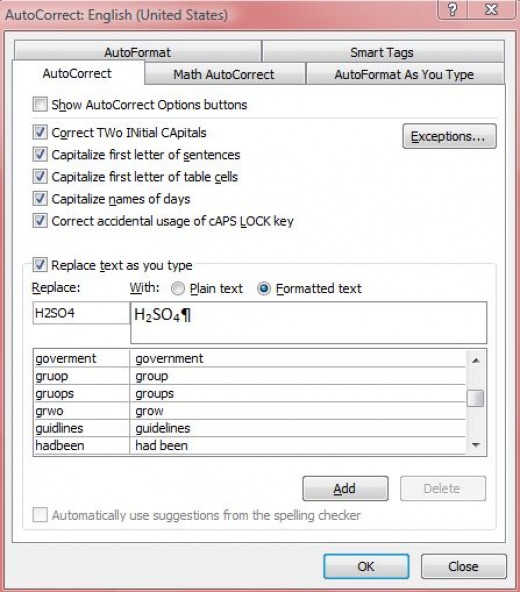The Chemistry add-in for Word enables you to create chemical structures directly in Microsoft Word. Not only can you draw your own structures, but you can import structures from PubChem and Opsin as well as from your own files. With the latest version, inside the editor form, you can export or import your structures as CML or MDL Molfile format. Chemistry Add-in: Learn about all of the components of chemistry with graphs and data. Chemistry Add-in Chem4Word 2.0.1.0 R4 free download.
For Office 365 support on entering an equation in MS Word, please review this step-by-step guide:

If you are operating in a local version of MS Word on your PC, you can try one of these options:
Option 1:
If you have the Lucida Sans Unicode font installed (check the font list in Word) you are in luck.
When you want to insert a symbol, click on the Insert menu and choose Symbol. In the font box select Lucida Sans Unicode. You will see a very rich selection of specialized characters available for use in Mathematical Operators. Here are a few that might be useful.

⇌ equilibrium symbol code no. 21CC
¯ anion charge 00AF
° degree symbol 00b0
℃ degrees Celsius 2103
√ radical 221A
→ reaction arrow 2192
∆ increment 2206
≈ is approximately equal to 2248
Now, here is an even easier way to get the equilibrium symbol. With the cursor at the insertion point where you want the symbol to appear, type 21cc, then press ALT and X simultaneously. If you have the Lucida Sans Unicode font available, this will type the equilibrium symbol without going to the insert symbol menu. This method will work with any of the symbols above, substituting the appropriate code before typing ALT+X.
Option 2:
For MS Word 2007/2010/2013: use the equation feature, designed for math, but works okay for chemistry.
Go to the insert tab.
Click on the equation button on the far right.
Chemistry Add In

Here are also shortcut commands to render most common things. For example, underscore _ creates a subscript and a caret ^ creates a super script. You have access to a wide range of arrows from a pull down menu, but -> will give you a simple right arrow (although it is not very long).
To get a long arrow, click on the operator button and choose the arrow with the word 'yields' written over it under common operator structures.
Click on the word 'yields' and replace it with as many spaces as you need to create an arrow of whatever length you want.
Finally, finish your equation.
For older versions of MS Word, go to the insert menu and click on equation, which launches the Equation Editor Program (you can also find this program on your computer by searching for eqnedt.exe), which gives you the same ability to create equations.
- Download
Often downloaded with
- Dynamic Learning - Edexcel Chemistry for ASEdexcel Chemistry for AS Dynamic Learning includes plenty of resources to...$158.39DOWNLOAD
- Physical ChemistryPhysical Chemistry is a peer learning model that provides a valuable asset for...$99.95DOWNLOAD
- Add-in Express Word Toys for .NET (VB.NET)Add-in Express Toys .NET is a free Word COM add-in / plugin that adds several...DOWNLOAD
- Add-in Express Word Toys for VSTO (C#)Add-in Express Toys VSTO is a free sample add-on for Microsoft Word 2003 and...DOWNLOAD
- Microsoft Math Add-in for WordThe Microsoft Math Add-in for Microsoft Office Word 2007 makes it easy to...DOWNLOAD
Reference
Physics, Chemistry and Math - A simpleNeasyApp by WAGmobChemistry Add In For Word 2016 Mac
Teaching Tools
